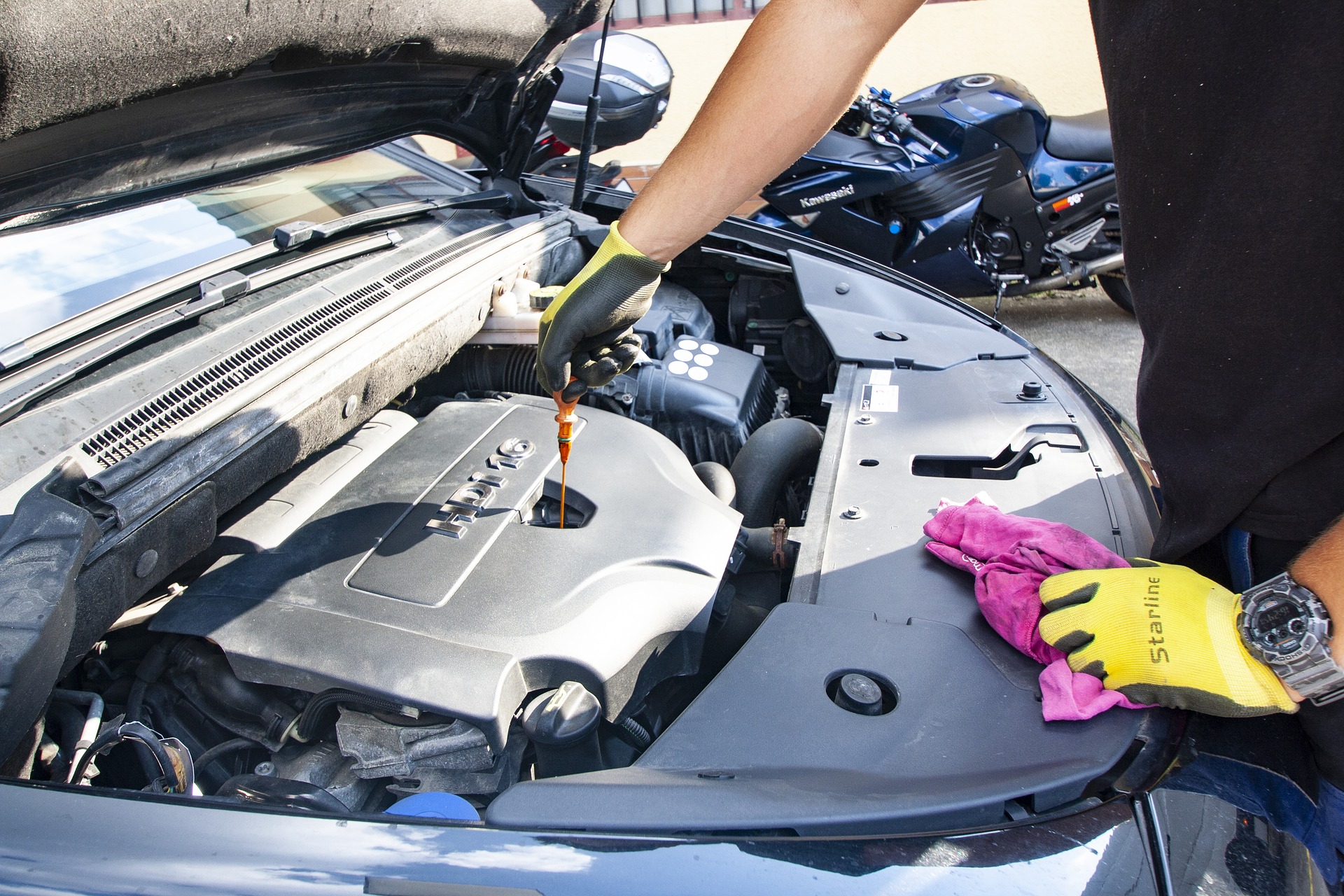While some fleet drivers can carry out maintenance themselves, it is the fleet managers role to ensure fleet vehicles are kept in working order. A plan should be put in place to ensure regular maintenance is carried out on vehicles to avoid any unexpected breakdowns. This doesn’t have to be a time-consuming process; small weekly checks can be just as beneficial. If you are maintaining your fleet, this will save you money as it minimises regular interruptions and will ensure the vehicles last longer. With that in mind, here is a quick guide to how you can look after your fleet vehicles.
- Lights
Something that the fleet driver might not notice, is if one of their vehicle bulbs are broken, especially HGVs. Some electric systems within cars and HGVs will alert drivers if they have an issue with their lights however, it can still be worth checking headlights, indicators and brake lights at least once a month.
2. Oil
It is important to check your dipstick to ensure the oil level is between the minimum and maximum marks on the stick. If not, you could be on the verge of causing engine damage. Oil changes are also extremely beneficial for vehicles as it keeps the engine clean and optimises their performance. Older engines require more frequent oil changes due to older parts needing more oil to keep them cool.
3. Windscreen Water
One of the smallest things that normally cause the biggest nuisance on the roads, is running out of windscreen water! This is essential all year round however, when the weather is bad in winter and your vehicle is facing grit, snow and rain on the roads, it can annoyingly smear your windscreen. This can especially affect HGVs sight on motorways which is a hazard, therefore, be prepared and top your water up weekly – or keep a bottle in your boot!
4. Tyres
One of the key components you should be checking weekly is your tyres. Firstly, ensure your tyres are set at the correct pressure to avoid slow punctures. This can simply be down at most filling stations so it can be the driver’s responsibility. Secondly, ensure that your tyre tread is at least 1.6mm deep, which is roughly the size of the rim on a 20p coin.
5. Coolant
Most modern cars have a sealed cooling system, therefore topping up coolant shouldn’t be an issue. However, if you find your coolant is decreasing, it may be a sign of a leak. Engine coolant is a mixture of water and antifreeze to ensure your engine does not overheat. Checking this weekly can ensure you spot problems early before they cause a dent in your pocket!
6. Mileage
Keeping track of your mileage can be beneficial in various way. Firstly, it can provide an idea of how much fuel you require/are using, which in turn can affect your costs. Secondly, if one of your fleet vehicles is rather old and has been clocking up the miles, it could be time to invest in a new car or HGV to avoid unexpected costs later down the line.
Want to know more about the fleet industry? Check out our other blogs or get in touch today regarding fuel cards for your fleet!


